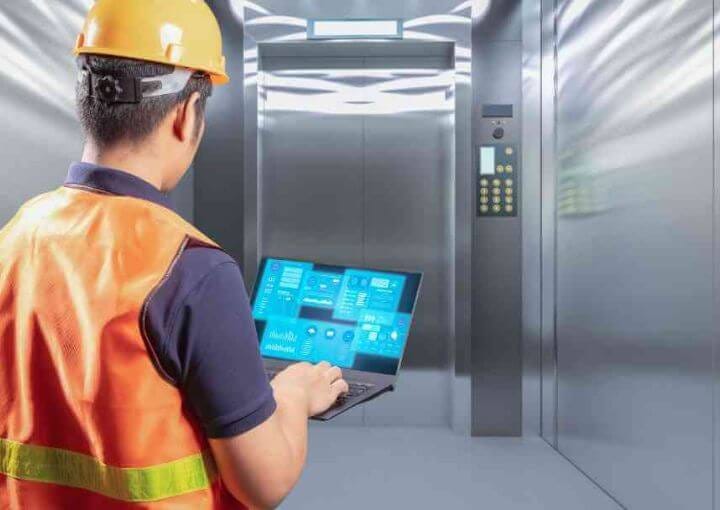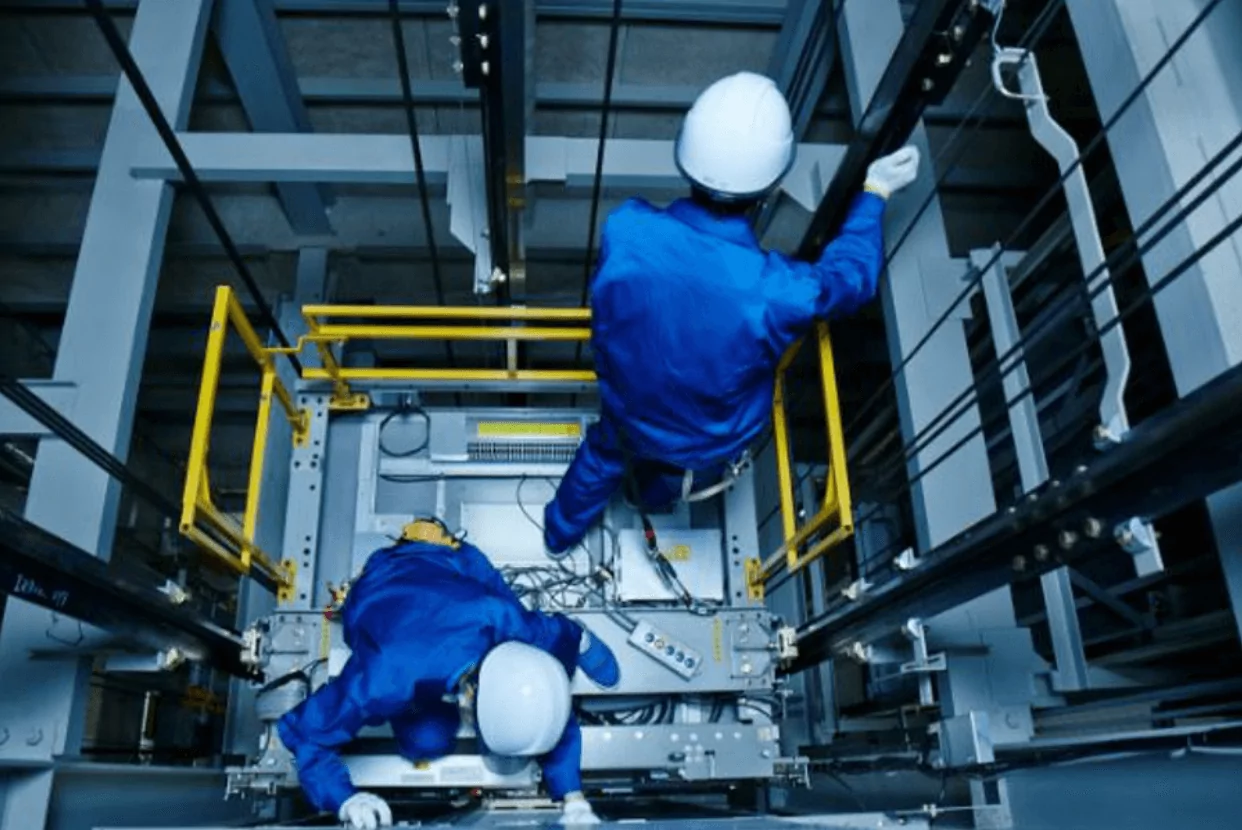Important Overview to Understanding Handicapped System Lifts and Their Functionality
Comprehending the intricacies of impaired system raises goes past simple recognition; it needs a detailed understanding of their capability and style. The strict safety laws and maintenance considerations associated with platform lifts are critical in guaranteeing their integrity and longevity - lift service companies.
Sorts Of Disabled Platform Lifts
There are a number of sorts of handicapped system raises made to give ease of access for individuals with flexibility challenges. Upright platform lifts are a prominent choice as they relocate right up and down, making them suitable for shorter ranges and where space is restricted. These lifts are usually installed in homes, colleges, and industrial buildings to aid wheelchair individuals in navigating various degrees. Inclined system lifts, on the other hand, appropriate for places where an upright lift might not be viable as a result of architectural constraints. These lifts comply with the incline of staircases, giving a smooth and secure ride for individuals with mobility issues.
One more sort of disabled platform lift is the portable lift, which supplies versatility and benefit. These lifts can be conveniently relocated from one area to one more, making them excellent for short-term events or circumstances where a permanent setup is not feasible. In addition, outside platform lifts are designed to stand up to differing climate condition, permitting individuals to access outdoor areas with ease and self-reliance. Each sort of disabled platform lift serves a special objective in enhancing accessibility and boosting the quality of life for people with mobility challenges.
Key Components and Devices
Disabled platform lifts, such as vertical and inclined lifts, depend on particular essential components and systems to make certain smooth and safe transportation for individuals with mobility obstacles. One important element of these lifts is the platform itself, which serves as the structure for transporting individuals - elevator maintenance. The platform is developed to be sturdy, roomy enough to accommodate wheelchairs or flexibility tools, and furnished with safety and security attributes such as guardrails and non-slip surfaces to avoid accidents during transit

Additionally, safety sensors and emergency situation quit switches are incorporated into impaired system lifts to improve individual safety and security and protect against mishaps. These elements work together to develop a dependable and effective transportation remedy for individuals with wheelchair disabilities.
Setup and Maintenance Considerations

Routine maintenance is equally crucial to maintain disabled platform raises running smoothly. By focusing on correct installation and persistent upkeep practices, the longevity and performance of impaired system lifts can be taken full advantage of, benefiting both users and center supervisors.
Safety Functions and Laws
Ensuring compliance with safety and security regulations is extremely important when assessing the effectiveness of safety and security functions in handicapped platform lifts. Safety functions typically located in disabled platform lifts consist of emergency situation quit switches, safety and security obstacles, interlocks, and under-platform sensing units. Interlocks guarantee Recommended Reading that the lift doors are firmly closed prior to the lift runs, enhancing user security.
Benefits of Using Platform Lifts
Compliance with security laws and the application of essential safety functions in handicapped platform lifts contribute to the total advantages of using these lifts for individuals with handicaps. Beyond safety and security, system lifts supply a variety of advantages that improve access and convenience. One primary advantage is the enhanced freedom they offer to customers with mobility challenges. By supplying a reliable methods of upright transportation, platform lifts equip individuals to access different degrees additional hints of a building without help, promoting a feeling of autonomy and flexibility. In addition, platform lifts are functional and can be set up in various setups, including homes, colleges, and business buildings, making them a practical solution for a wide variety of atmospheres. These lifts likewise promote inclusivity by guaranteeing that individuals with specials needs can browse spaces together with their able-bodied peers. Overall, the benefit, freedom, and inclusivity helped with by system lifts significantly boost the lifestyle for individuals with disabilities, making them a very useful availability service.

Final Thought
In verdict, disabled system raises come in different types with essential elements and mechanisms that allow for secure and reliable operation. The benefits of making use of system lifts consist of raised availability and independence for individuals with handicaps.